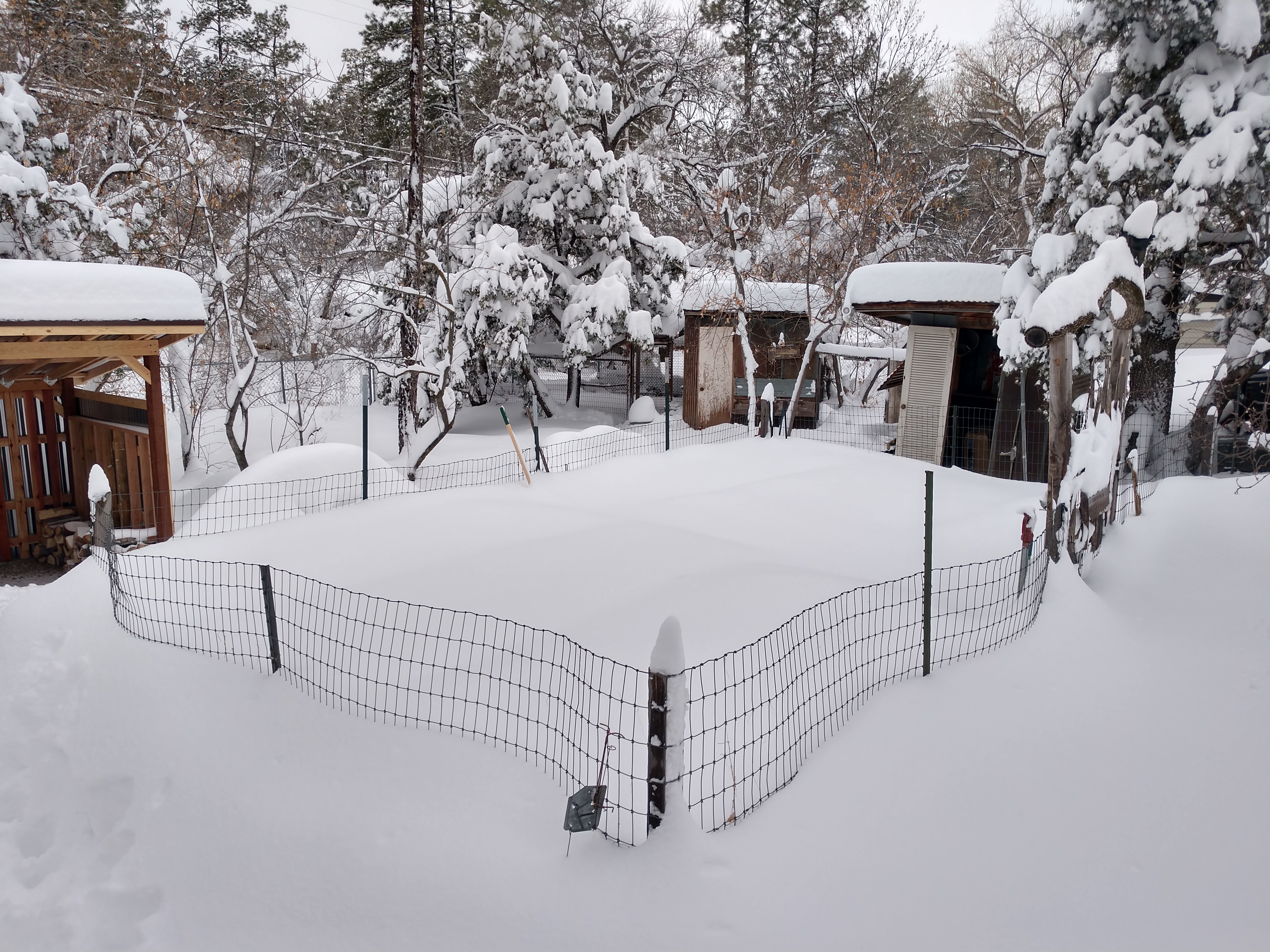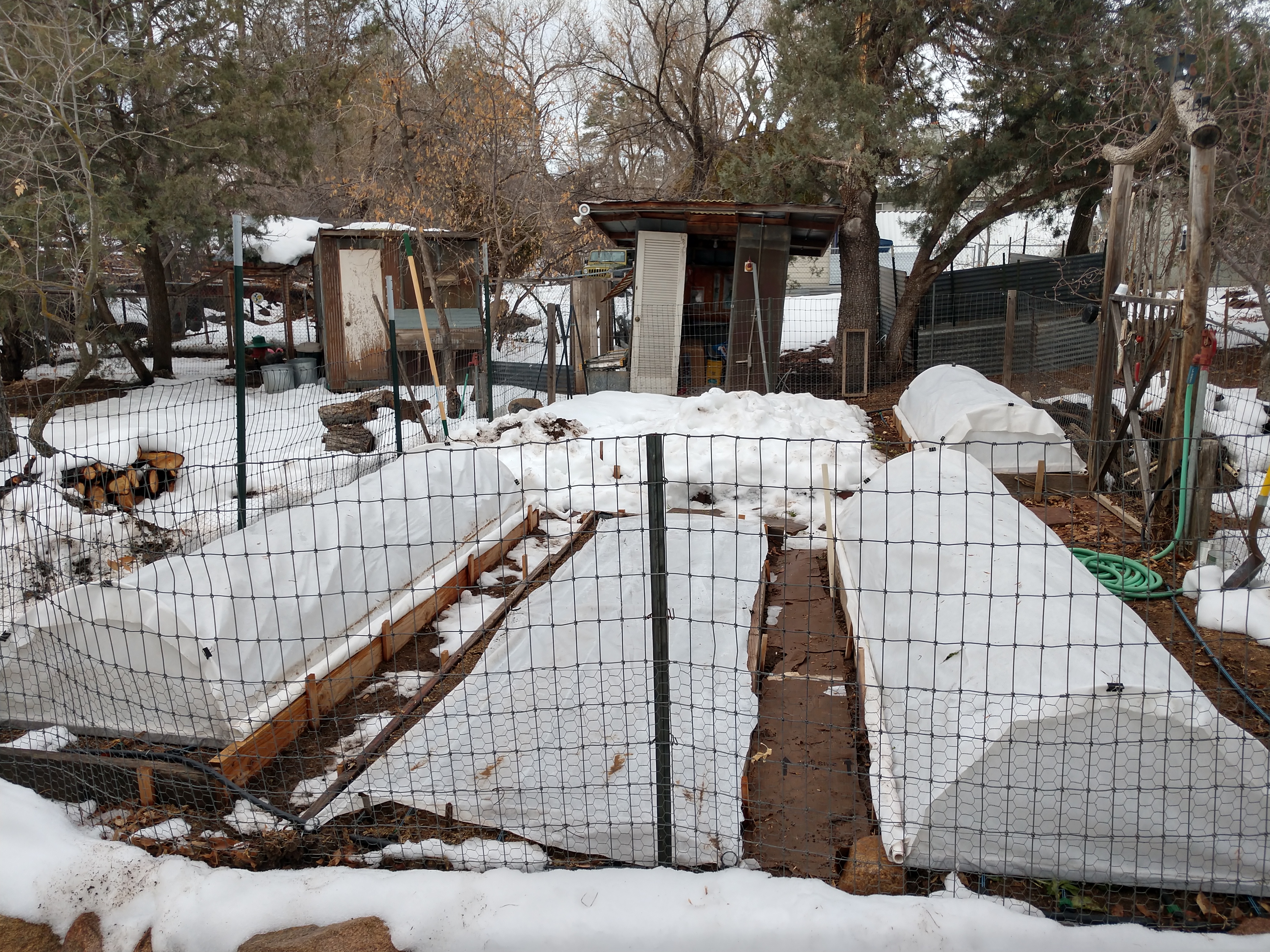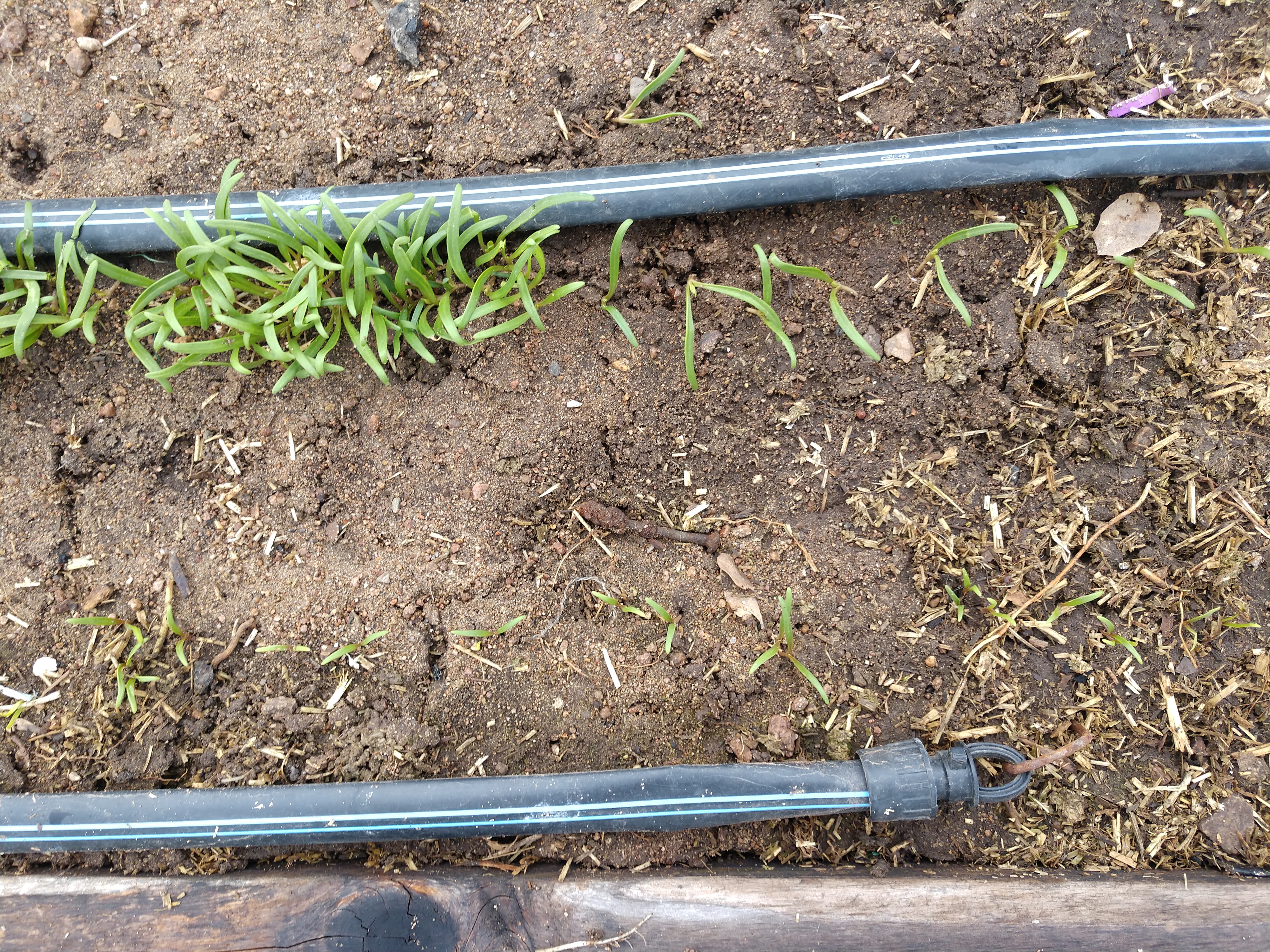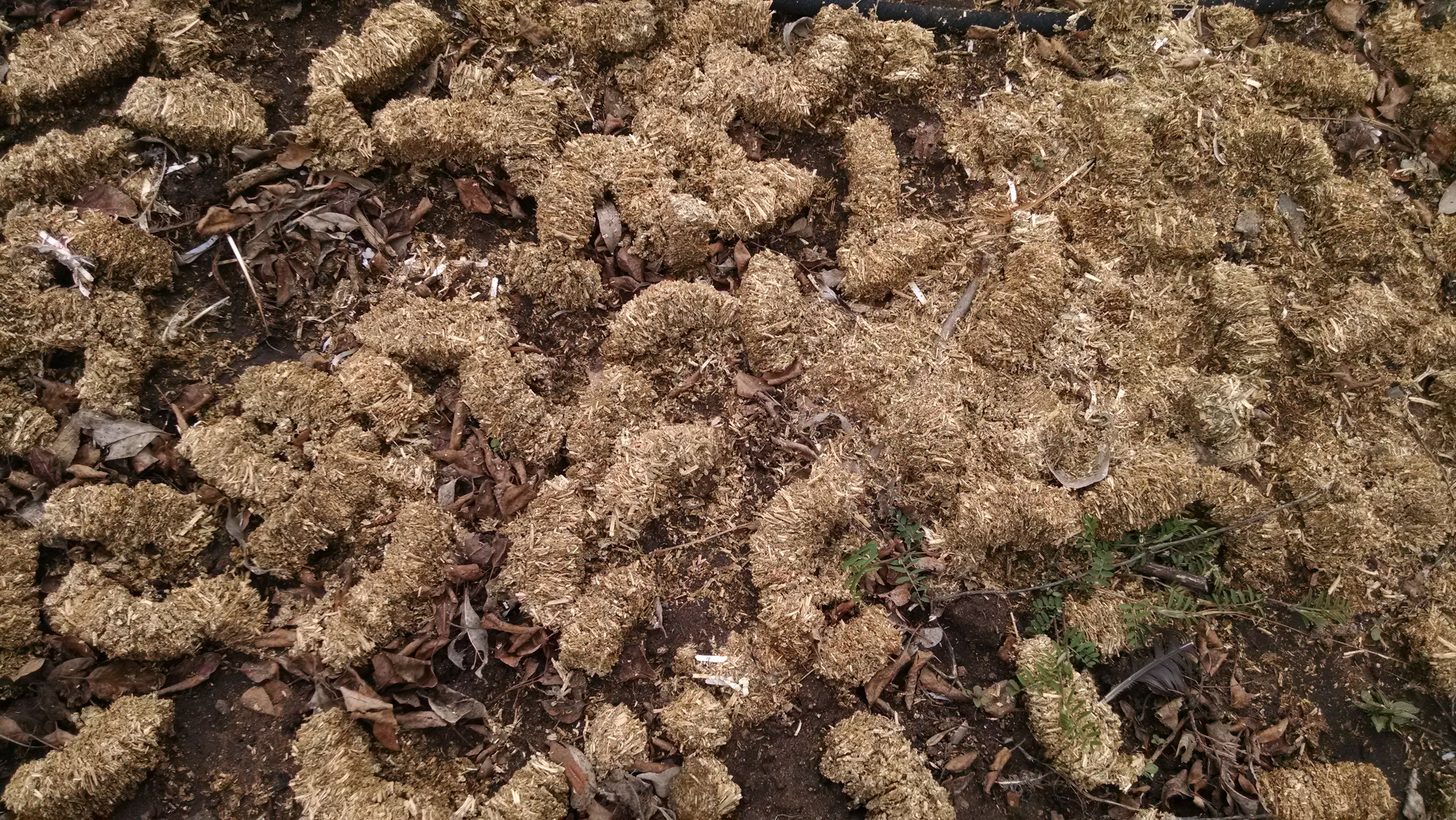 Growing Spinach - February 10, 2021 Jeff Schalau, Agent, Agriculture & Natural Resources University of Arizona Cooperative Extension, Yavapai County Like many leafy greens, spinach (Spinacia oleracea) is a cool-season vegetable crop that prefers sunny locations and fertile, well-drained soil. Spinach is a great crop for raised beds and small garden spaces. It tastes best when plants grow rapidly and mature before the heat of summer. As days grow hotter and longer, spinach tends to flower and go to seed (called bolting) making it largely unsuitable for warm season planting. However, there are varieties available that are reported to be slower to Proper soil preparation is critical for the success of any annual crop. Before adding anything, a soil test is recommended for new beds and every few years for any garden soil. This helps identify deficiencies and excesses as well as potential problems such as excess sodium. All leafy greens require some available nitrogen to produce abundant foliage. Most soils in northern Arizona are well suited for spinach production. Spinach prefers well-drained soils rich in organic matter for best growth. Heavy clay soils will benefit from the addition of even more organic matter to improve drainage and aeration. Utah State University Extension recommends incorporation of 2-4 inches of well-composted organic matter and apply 2-4 cups of all-purpose fertilizer per 100 square feet. This is worked into the top 6 inches of soil. I often prepare vegetable planting areas using alfalfa cubes (a type of horse feed available at feed/farm stores) rather than compost or manure. I spread the cubes across the soil surface, wet them thoroughly for a couple of days, allow them to crumble, and incorporate as you would compost. Alfalfa provides the necessary organic matter and releases nitrogen and other essential plant nutrients as the soil warms and biological activity decomposes them. I especially like the alfalfa cube amendment for leafy greens because it has a much lower possibility of introducing food borne pathogens such as E. coli or Salmonella which may be present in uncomposted manures. There are several spinach varieties available and most of these should perform well in northern Arizona. Three types are usually described in seed catalogs: smooth-leaf, Arrowhead, and savoyed-leaf. Smooth-leaf spinach has flat leaves and is often sold as bagged spinach at stores. Arrowhead has arrow-shaped leaves and is also called Asian-leaf. Savoyed-leaf spinach has recurved leaves with indented leaf veins. I am currently growing ‘Auroch’, a smooth-leaf, F1 hybrid that is cold tolerant and suitable for harvest at both early and late growth stages. I recommend trying several varieties to discover your personal favorite. Spinach seed will germinate readily after soil temperatures reach 40°F. Plant in rows 12” apart and thin plants to 3” within each row. Spinach can be planted more densely, and the thinned plants can be used in salads. Under optimum conditions, spinach can mature in as little as four weeks, so succession planting every two weeks can lengthen the spinach harvest. Spinach appreciates regular irrigation when natural precipitation is inadequate. One to two inches of water can be applied per week depending on temperatures. Utah State University Extension recommends a light fertilizer application after four weeks of growth. I find the alfalfa cubes provide adequate nutrition for this relatively short-lived crop. Individual leaves can be harvested any time before the plant bolts and can be stored fresh for 1-2 weeks. Weed control is particularly important during establishment of your spinach crop. Closely spaced plants will help control weeds. Cultivate shallowly and avoid root pruning to ensure uninterrupted growth. Aphids, slugs, and snails can become pests of spinach depending on the season it is growing. Soap sprays can help manage aphids and hand-picking at night and trapping are the safest slug and snail management practices. As with many crops, rotating locations from year to year will help control most diseases. There are some “spinach substitutes” available in seed catalogs which can be grown during the hot summer months. These include: New Zealand spinach (Tetragonia tetragonoides) and Malabar spinach (Basella rubra). I have tried the New Zealand spinach and it was no to my liking, but it is a leafy green that thrives in the heat of summer. I am not personally familiar with Malabar spinach, but it is a vining plant with edible leaves which requires trellising. I believe these two are very popular with Phoenix vegetable gardeners for their heat tolerance. You can follow the Backyard Gardener on Twitter – use the link on the BYG website. If you have other gardening questions, email the Master Gardener Help Desk in Prescott (prescottmg@gmail.com) or Camp Verde (verdevalleymg@gmail.com) and be sure to include your name, location, and phone number. Find past Backyard Gardener columns or provide feedback at the Backyard Gardener web site: https://cals.arizona.edu/yavapai/anr/hort/byg/. Images  Thirty inches of snow accumulated in Prescott, AZ on January 26, 2021. This snow temporarily collapsed my low tunnels where the lettuce, spinach and other cool season crops survived (Photo by Jeff Schalau, University of Arizona).  It was four days before I could dig out the snow covering the garden and everything survived (Photo by Jeff Schalau, University of Arizona).  Spinach seedlings were under the flat row cover in the foreground of the preceding photo. Here are thinned (right) and unthinned (left) spinach seedlings after snow removal. A later spinach planting is visible at the bottom of the photo (Photo by Jeff Schalau, University of Arizona).  I mentioned using alfalfa cubes as a soil amendment. Here they are after being soaked for a couple of days. They are ready to incorporate into the soil as one would with compost (Photo by Jeff Schalau, University of Arizona). Additional Resources Growing Spinach, Utah State University Extension extension.usu.edu/yardandgarden/vegetables/spinach Growing Spinach & Other Greens, Texas A & M Agrilife Extension agrilifeextension.tamu.edu/browse/featured-solutions/gardening-landscaping/spinach-other-greens/ Growing Spinach and Swiss Chard in Home Gardens, University of Minnesota Extension extension.umn.edu/vegetables/growing-spinach-and-swiss-chard#day-length-389610 |